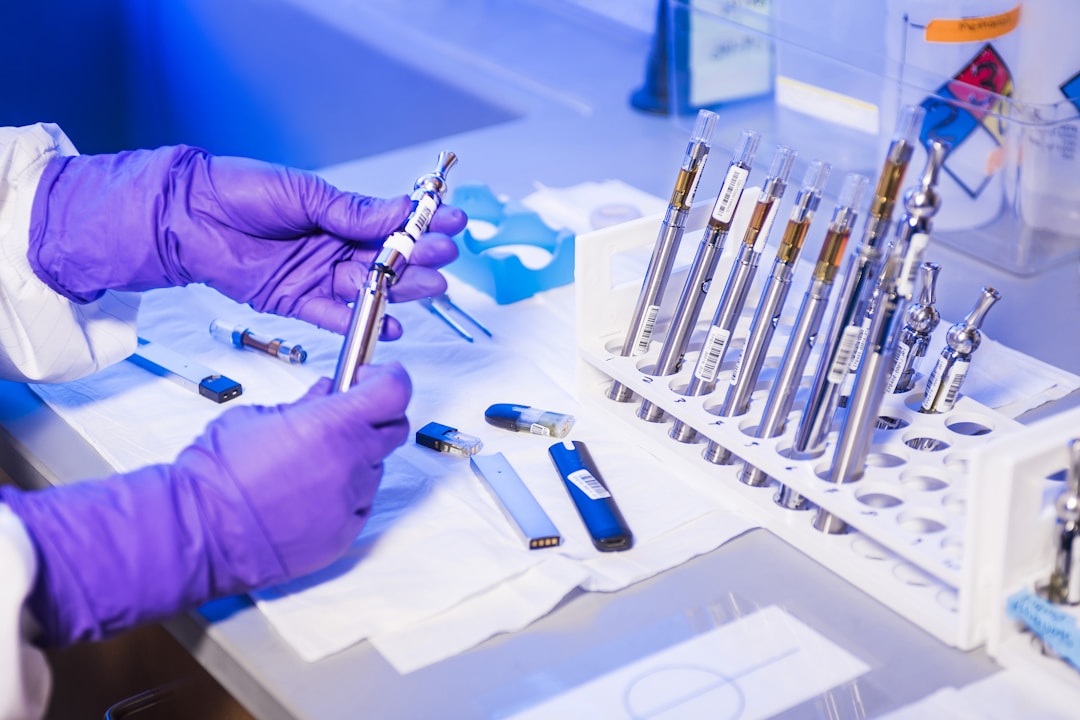If there is one thing we’ve discovered from the COVID-19 pandemic, it’s the need for research to better public health in a time of crisis. Through public health officials, we have learned about social distancing, masking, and disease prevention. With the adoption of new health policies and greater research to combat the spread of the coronavirus, we’re closer to achieving a “new normal” here in the United States. However, changes to health policy and better health promotion require a modern data science approach to tackle these issues more quickly than ever.
Data Science and Public Well-Being

The right data science organization offers a multidisciplinary approach to finding, extracting, and surfacing patterns in data through a fusion of analytical methods, domain expertise, and technology. This approach can include machine learning and predictive analytics that offer quicker insights and an easier ability to spot trends. Throughout the COVID-19 pandemic, data science has been used to address public health problems. From the outbreak of cases within a community to health equity in vaccine distribution, these systems have been a tremendous asset in the health care industry.
For students pursuing their Bachelor of Science in Public Health, there is more to this advanced degree than just knowing health policy. There are the environmental health sciences and social work elements that come to assure decisions are made to promote healthy behavior or help defend communities against the spread of illnesses like COVID. As a community health worker, it’s important to recognize proper public health practice while encouraging safer procedures in disease control and bettering the general population.
Educating the Public

When it comes to benefiting human health, we’ve learned the importance of educating the public to prevent the spread of disease. For example, sexual education has become a crucial public service to make people aware of safe sex practices. This limits the risk of STIs and encourages the health of populations, especially younger people who may not understand transmission or older populations who may believe they do not need to take the same approaches needed in the past. This health communication has proven crucial to raising awareness of the risks that linger.
Encouraging better health behavior through educational programs is more than just what public health experts learn in getting their undergraduate degree or in graduate school. Data science has found that a better-educated public makes the job of a local health department that much easier. By instituting better public health disciplines, we saw how COVID trended across the United States. With greater access to vaccination, the health care system took a social justice approach to address these health issues, making sure that vaccination was distributed by age and underlying factors rather than any other format.
Benefiting the Public

Health departments across cities and states look to make sure that patients of all ages are safe, be they school-age children or elderly citizens. Public health departments have encouraged a general education requirement to quell any early health disparities. However, the focus remains on population health, taking data science to zone in on the quality of life where illnesses may roam to better build healthy communities for the long run.
With growing concern over a lack of healthcare professionals in certain regions, public health services are seeking to make sure that any needs are met. This has been seen in recent years to tackle obesity, as lower-income communities turn to cheaper processed food for meals rather than healthier foods that may be more expensive. With data science, public health officials are learning through surveys that there is a need for collaboration to make for better diets in these communities. After all, a healthy public is important regardless of age, gender, and ethnicity, making sure wellness is paramount across all communities.



Facebook Comments